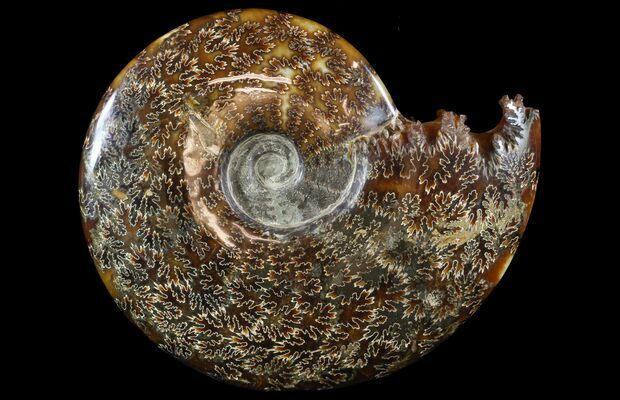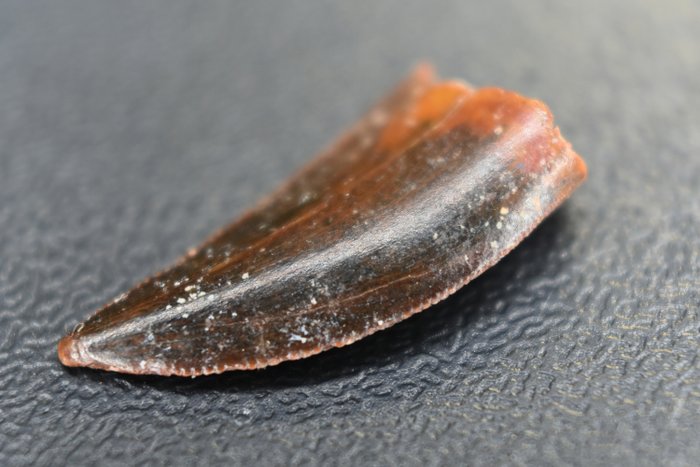Image:
2. This specimen is generally understood to be a polyphyletic group. What's a polyphyletic group?
3. How did this specimen move around?


Straight horn
meaning that they have similar physical traits but do not have a common anscestor i think
jet propulsion



thegroundsloth wrote: ↑Sat Jan 23, 2021 1:21 pm
1. Identify this fossil(including the type of suture lines)
2. does this organism exhibit sexual dimorphism, if so describe it in detail
3. why did these organisms go extinct while their relatives(now considered living fossils) did not?
1. Ammonitida 2. yes, males(aka microconchs) are smaller than females(aka macroconches) 3.lived in shallower water(more heavily affected by ocean acidificiation) and narrower geographic distribution than Nautilus




thegroundsloth wrote: ↑Sat Jan 30, 2021 4:26 pm Its been a week so I guess I should just post another set of questions:
1. ID
2. Are they nocternal or diunernal, how can you tell?
3. Herd behavior?, list evidence:
1. Coelophysis 2. Diurnal, can tell from its sclerotic rings 3. Yes, found in packs at Ghost Ranch


